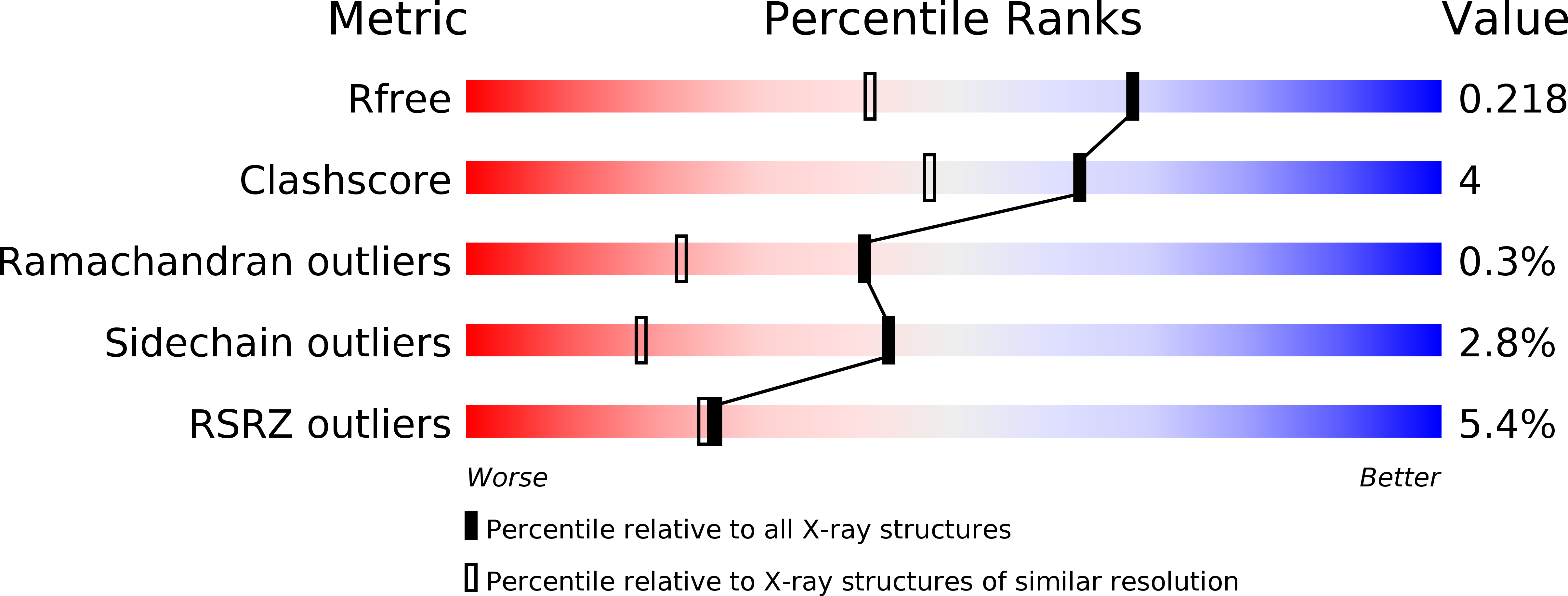
Deposition Date
2013-04-25
Release Date
2013-05-22
Last Version Date
2024-02-28
Entry Detail
PDB ID:
4KDS
Keywords:
Title:
Crystal structure of latent rainbow trout plasminogen activator inhibitor 1 (PAI-1)
Biological Source:
Source Organism:
Oncorhynchus mykiss (Taxon ID: 8022)
Host Organism:
Method Details:
Experimental Method:
Resolution:
1.67 Å
R-Value Free:
0.21
R-Value Work:
0.17
R-Value Observed:
0.17
Space Group:
P 1 21 1


